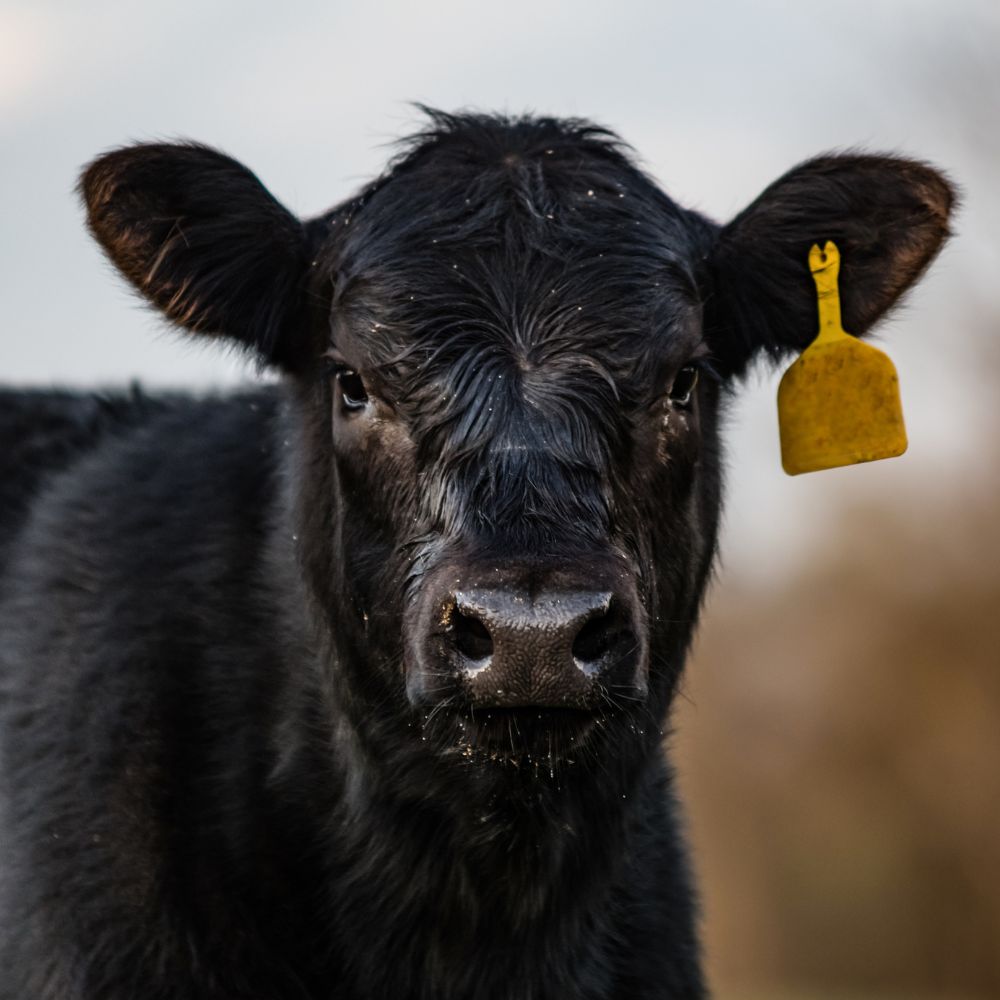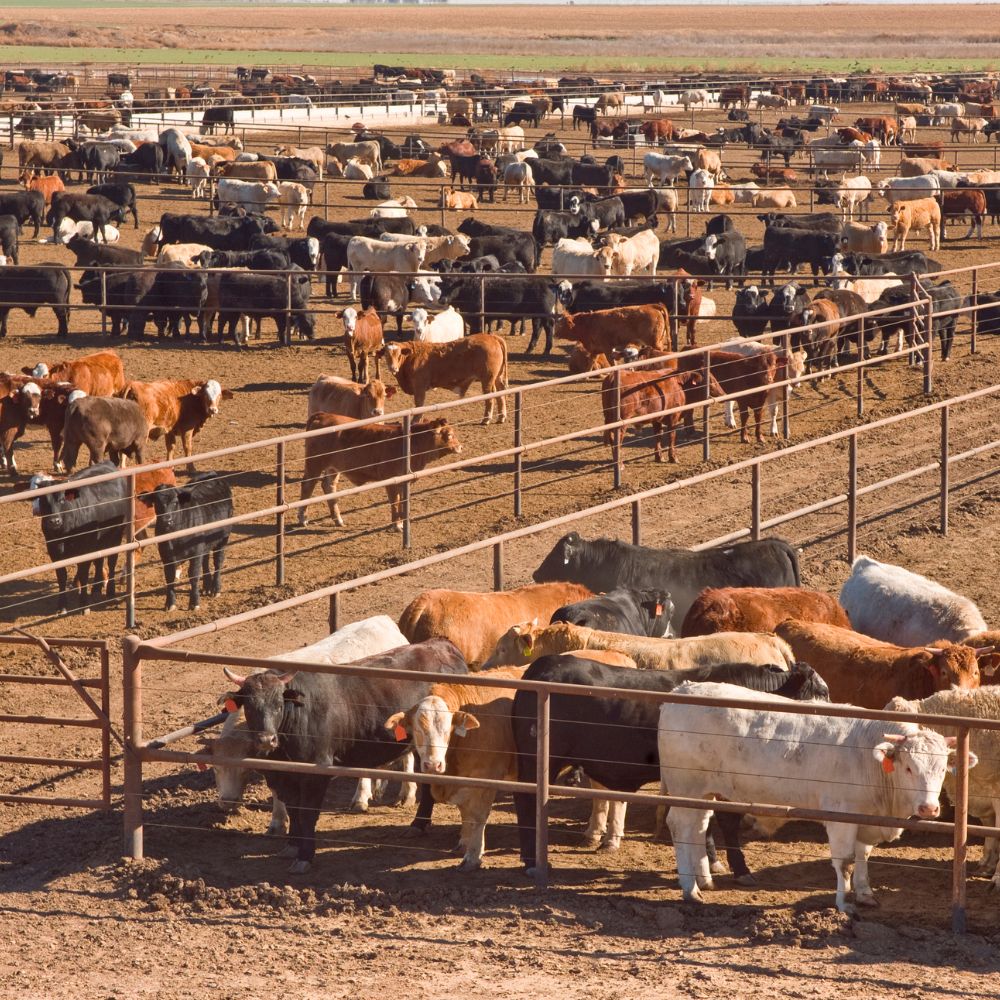Bagley Risk Management Fundamentals Explained
Bagley Risk Management Fundamentals Explained
Blog Article
How Bagley Risk Management can Save You Time, Stress, and Money.
Table of ContentsThe Basic Principles Of Bagley Risk Management The smart Trick of Bagley Risk Management That Nobody is Talking AboutLittle Known Questions About Bagley Risk Management.Little Known Facts About Bagley Risk Management.The Buzz on Bagley Risk Management
In this manner, if prices do drop below that break-even point by the end day, insurance holders are secured versus a loss. This is really similar to the method barnyards operate, though they make use of a traditional bush. Once a herdsman contracts their cattle with a feedlot, they hedge those cattle to lock in the profit factor.This will certainly be offset by the enhanced value of the cattle., ranchers shield versus a decline in the futures board, but do not shed out on the higher return when prices go up.
They do this by picking a reduced percent of the predicted finishing worth - Livestock risk protection. This is a terrific strategy for those looking for reduced premium rates or that have a higher risk tolerance as a result of strong monetary wellness. This approach might not secure profitability, however it can safeguard versus serious market decreases
There is not a great deal of defense or insurance coverage on a month-to-month basis, however if there is a severe crash, producers have the satisfaction that originates from understanding they will only be liable for a particular quantity expense. Simply remember, hope for the finest however get ready for the most awful.
Fascination About Bagley Risk Management

Feeder cattle can be covered up to a 900-pound predicted end weight and fed cattle can be covered up to a 1,400-pound end weight. With several weight classes to select from, it is possible to cover animals via the feedlot to the packer rail.
Applications can take a number of days to procedure and merely filling one out does not secure the candidate right into a policy. As soon as the application is approved and prepared, the LRP endorsement, with its end day and forecasted finishing worth, can be secured rapidly. This allows breeders to cover calf bones when the cost is ideal for their market threat management goals.
Picture Courtesy USDA-NRCS Rates for calves, feeder cattle and finished livestock have actually established some new records this loss and very early wintertime. A mix of conditions has actually precipitated these historic rates. There is currently a great deal of careful optimism for cow-calf producers as they consider the future.
How Bagley Risk Management can Save You Time, Stress, and Money.

There are some benefits to producers in using LRP insurance as contrasted to a standard feeder livestock contract or purchase of an option - Cattle insurance. One is the versatility in the number of cattle that can be insured. There is no lower limitation to the variety of cattle that can be guaranteed
There is no commitment to offer livestock on which you have actually purchased LRP Feeder Cattle protection. You may pick to maintain ownership and still be eligible for the indemnity must the Actual End Value drop listed below your Insurance coverage Price. You may market cattle covered by LRP any time, gave the transfer of ownership does not happen greater than 60 days before the LRP Agreement End Date.
If livestock die and your Ag, Risk Expert is notified within 72 hours of you discovering of the fatality, the insurance coverage stays effectively, and the producer is eligible for indemnities as a result of rate loss, also on those pets which died. Yes! Calf bones can currently visit our website be covered before unguis struck the ground.
Top Guidelines Of Bagley Risk Management

Applications make certain new clients can be pre-approved to create an LRP policy It is totally free! Action 2) Lock in a Special Protection Endorsement (SCE) when you discover a quote that satisfies your goals (Livestock insurance). Together, we'll safeguard your financial investment.
With the endless variation and changability of the market, Animals Threat Protection (LRP) is something all livestock manufacturers ought to consider. The key function of LRP is to secure against the unforeseen downward cost activity in the market by establishing a base on any type of provided date and sort of cattle you wish to guarantee.
The Bagley Risk Management Ideas
There are a range of coverage level alternatives ranging from 70 to 100 percent of the expected ending value (https://www.twitch.tv/bagleyriskmng/about). At the end of the selected insurance policy period, if the actual finishing worth is listed below the insurance coverage cost, you will certainly be paid an indemnity for the difference in price. Manufacturer anticipates to market 1,000 head of 11cwt cattle and picks insurance coverage of $66
Since 2020, LRP (Livestock) is currently readily available in all states when the market is offered. 1. Feeder Cattle with finishing weights under 600lbs or 600lbs-900lbs, and 2. Fed Cattle with finishing weights between 1,000lbs-1,400 lbs that will certainly be marketed for slaughter near the end of the insurance period. whereas livestock insurance policy does.
Report this page